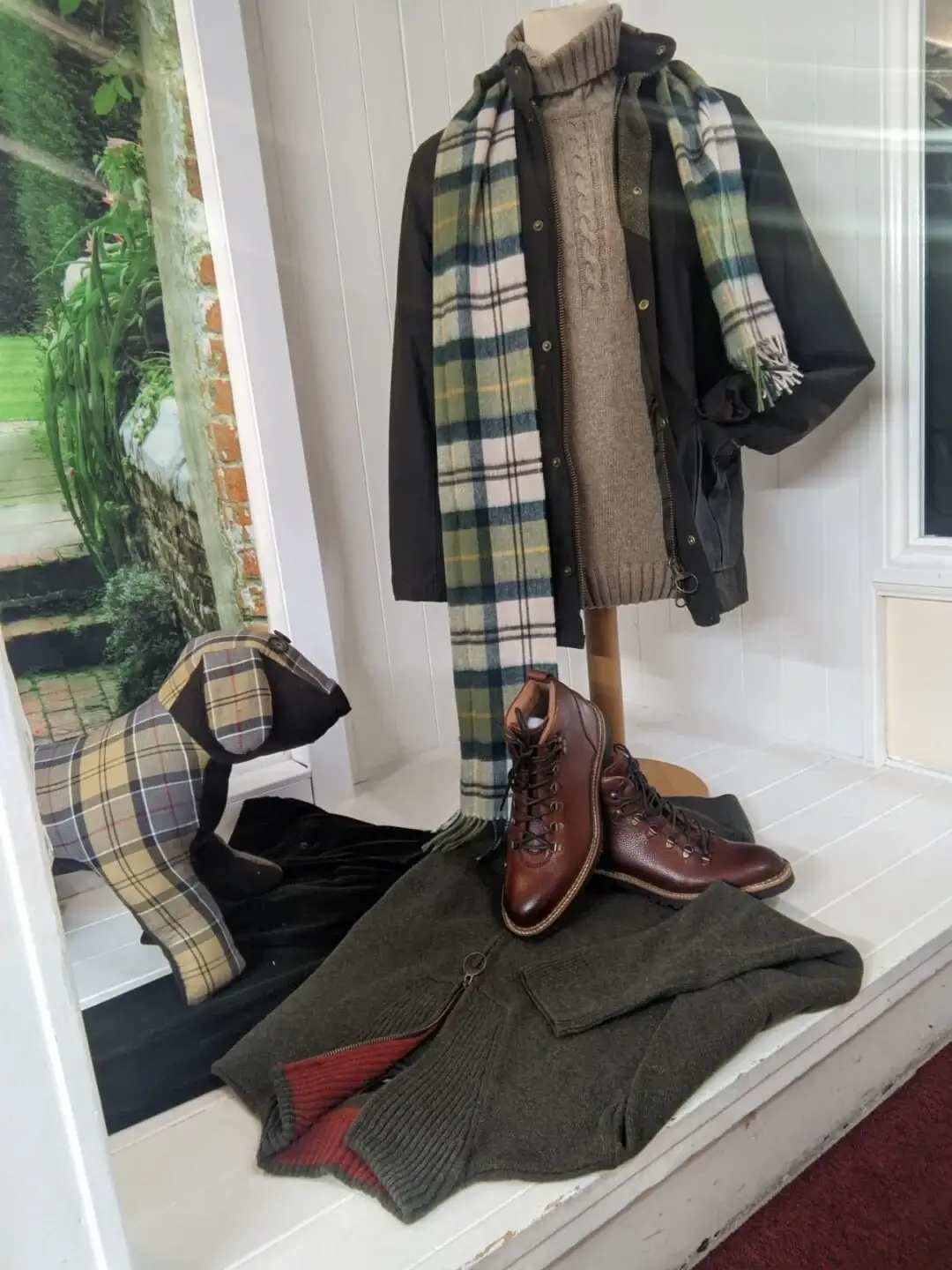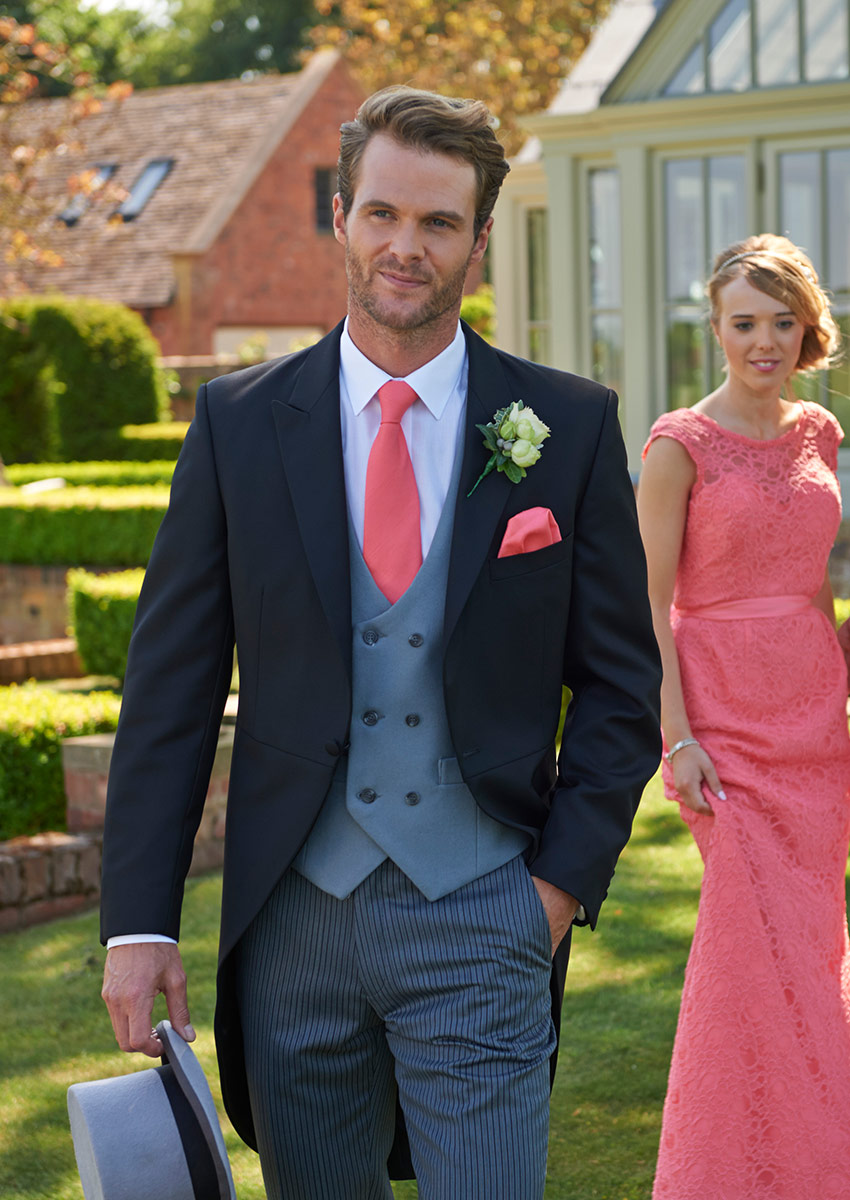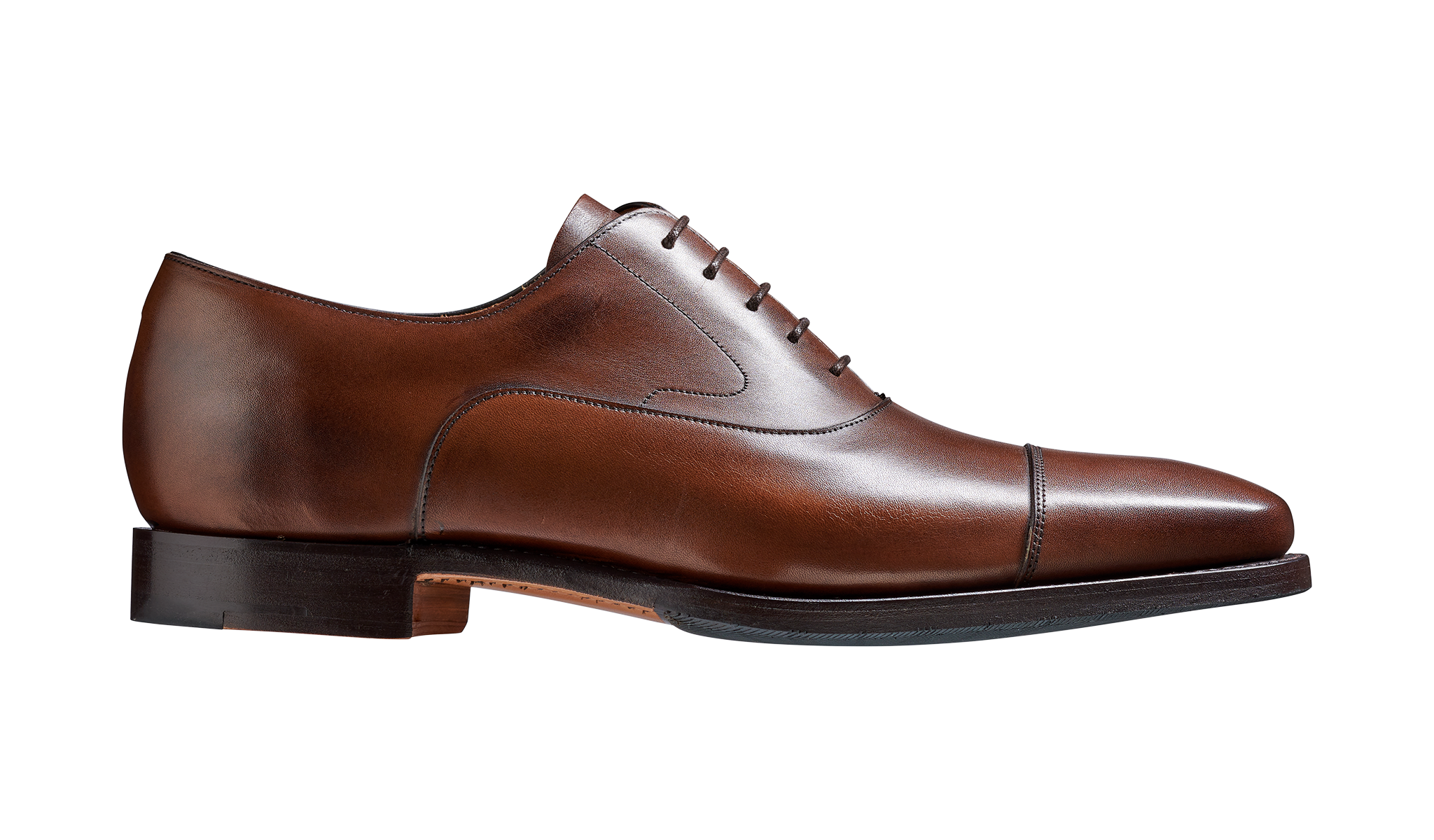The Oxford shoe should fit snugly, close to the foot, but not so tight that you are unable to lace them together, resulting in an undesired V down the centre of the top of the shoe.
An Oxford shoe is designed with a closed lacing system, meaning the two halves of leather, which hold the eyelets and laces, are under the vamp of the shoe ( the top part of leather below the laces), resulting in that sharp, closed lace look.
When finding the correct fit;
- Your foot should be pushed hard against the heel, with half an inch of extra space at the front of the shoe, your toes should not touch the leather at the front.
- There should not be a gap at the sides of your shoe, it should fit close to the foot so that even if the shoe is not laced, it stays snugly on the foot when you lift your foot.
- Make sure that there is not too much space between your foot and the vamp, as this will result in a wrinkle in the leather across the shoe.
- Make sure the heel is comfortable at the back.
The Oxford shoe, if fitted correctly, can be as comfortable as an athletic shoe, so it is important to take the time to measure your feet well. It is also important to measure both the left and right foot as they are different, and will influence that final purchase!
How to lace your Oxford shoes:
With your shoelaces being the most inexpensive part of the shoe, it can be fun to experiment with different colours.
Lacing the Oxford shoe, however, can only be done in one way with the Barker range that we supply here at Walters.
This method is called straight bar lacing. Here is a step-by-step guide on how to conquer lacing your Oxford shoes:
- Insert the laces, in the bottom holes/eyelets that are closest to the vamp of the shoe, (there is a line of stitching on the top part of the shoe, so aim for the holes nearest to that) one lace in the hole on the left and one on the right, threading from the top of the shoe, through the holes towards the base of the shoe.
- Pull the laces up towards you from the underside of the leather flaps, so that they are equal in length, unless, like our Barker range, they have an odd number of eyelet holes, in which case allow an extra 2 inches on the right or left lace.
- Starting with the longer lace, pull the lace up through the hole on the same side as the longer lace and thread across the shoe and down through the adjacent eyelet hole.
- Now take the other shoelace and pull it up through the hole from underneath the leather on the 3rd eyelet hole on the same side of the shoe and thread it across the shoe to the adjacent eyelet hole that is 3rd from the top of the shoe.
- Repeat for steps 3 and 4. If lacing the Oxford shoe from our Barker range, then the final eyelet holes will need to be laced using the longer lace, to cross diagonally across the shoe and bring the lace up through the final eyelet hole ready for tying the shoelace.
- Pull on your laces to adjust at the end to adjust to your satisfaction.
Remember, when you first wear your Oxford shoes, they will take a little time to wear in and for the lovely supple leather to mould fully to your foot.
The laces may not come together completely at first, but do not be alarmed, because as you ‘wear in’ your new shoe, you will feel as though they have been made specifically for you and we are confident you will never look back!
History Of The Oxford Shoe
The Oxford shoe was first designed in the 1800s and was called an ‘Oxonian’.
The Oxonian shoe was more of an ankle boot with a side slit for ease of putting on. At the time of its inception, most men and women wore a type of formal boot that was prevalent at that time, which was a knee or shin-high boot, and was either slip-on or done up with buttons, until the invention of laces.
Students at colleges and universities up until the 1800s would wear knee-high or mid-height boots, until the invention of the Oxonian which gained huge popularity, particularly at the University of Oxford, for its design that made it easier to walk and wearing and caused quite a stir amongst the students.
The Oxonian became the in-vogue footwear of choice for students who had rebelled against the required footwear at the time.
The original design with the slide slit, was subsequently modified to a side lace, which, over time evolved into a laced instep. The slimline, low-ankled Oxford shoe that we know today, has progressed through the years, and today it comes in many different designs and colours, and is worn for both smart and casual occasions.
At Walters, we supply our customers with the Barker range, which are expertly made and supplied to us from a company in Northamptonshire, who have exhibited premium craftsmanship since 1880.
We know our clientele so well that we are confident our Barker range, which is a refined Oxford design, will fit the bill perfectly, with minimal aesthetics, great comfort, durability- no expense spared!
We look forward to seeing you in Walters to purchase your very own Oxford shoes, and perhaps as you wear them, you will contemplate a little of their history and the process they have been through, to reach the optimum comfort and style that we know and love today!







